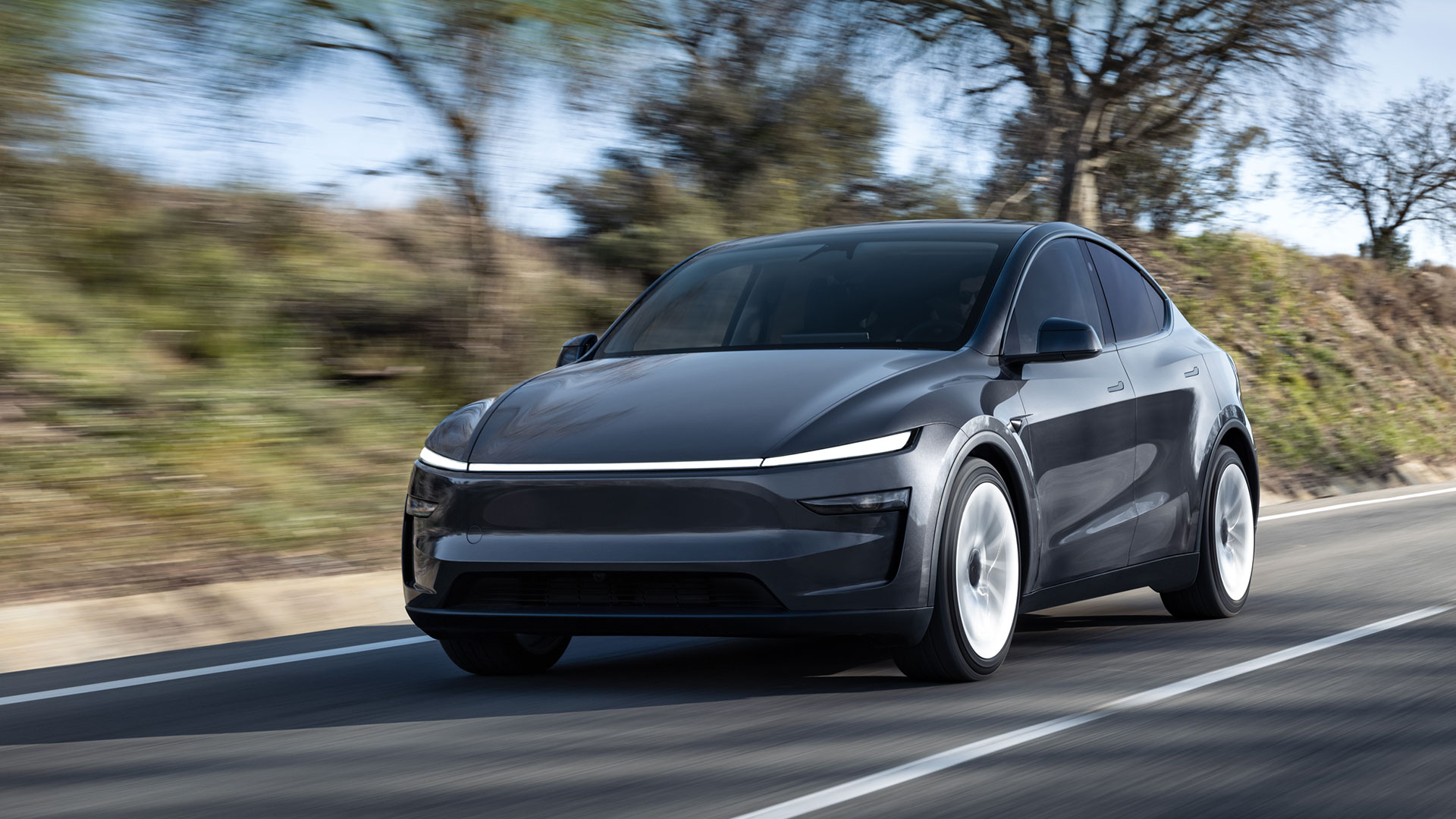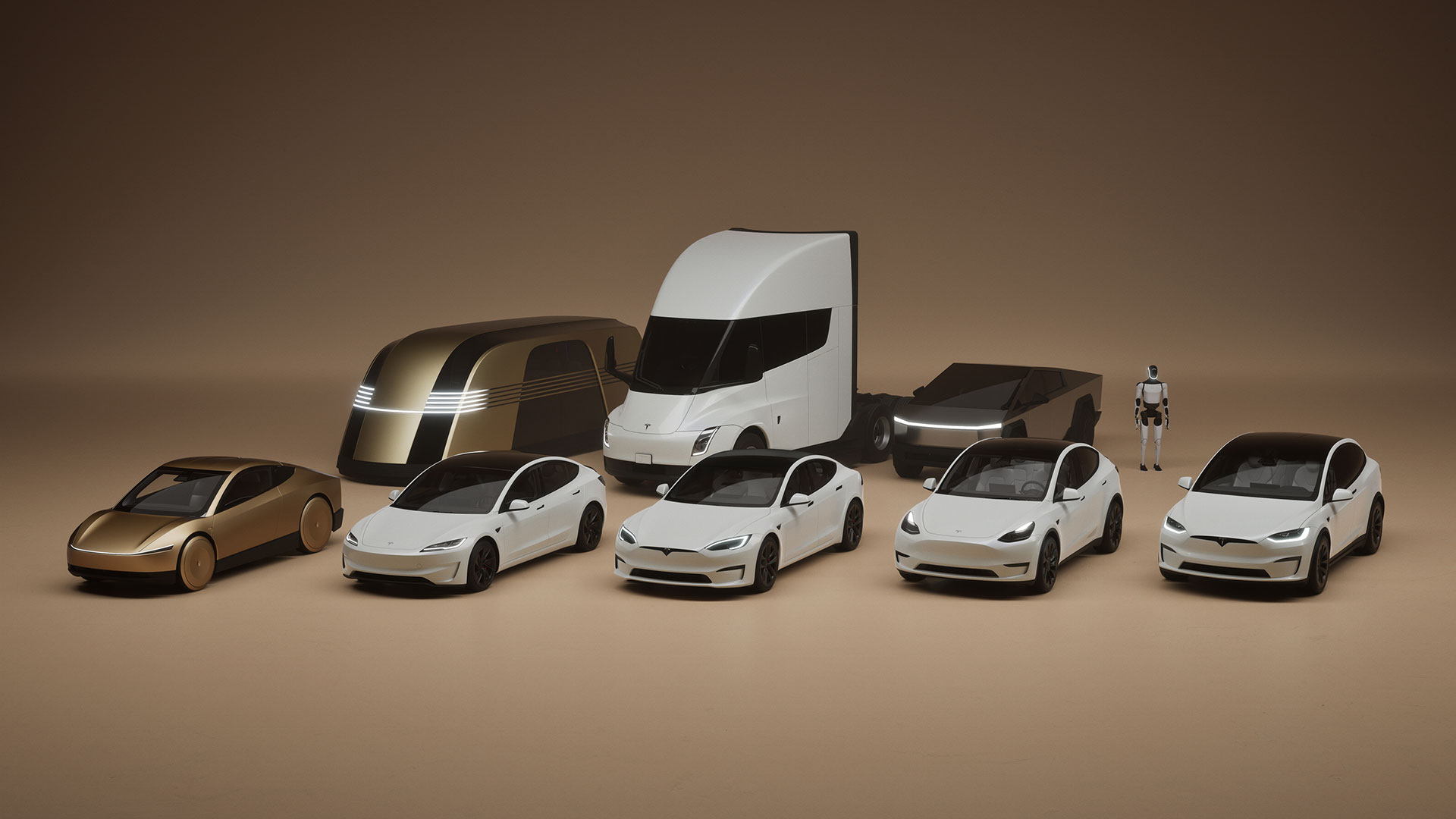Tesla Q1 2025: Revenue Falls Amid Production Changes and Investment in AI, Energy Storage
Tesla reported a 9% year-over-year drop in total revenue for Q1 2025, totaling $19.3 billion, driven primarily by lower vehicle deliveries and reduced average selling prices as the company implemented production changes for the new Model Y. Despite this decline, the company continues to invest in AI, energy storage, and automation as part of its long-term growth strategy.
Automotive: Model Y Overhaul Impacts Deliveries

Tesla delivered 336,681 vehicles in Q1 2025, down 13% from the previous year. Model Y and Model 3 production decreased 16% as Tesla upgraded its production lines across four factories to accommodate the refreshed Model Y. The switchover led to temporary production slowdowns but is intended to prepare the company for the launch of additional new models later in the year.
Tesla’s GAAP net income dropped 71% year-over-year to $409 million, while non-GAAP net income declined 39% to $934 million. The company posted $2.2 billion in operating cash flow and $664 million in free cash flow. Its cash position remains strong, with $37 billion in cash and investments on hand.
AI and Autonomy: Focus on Robotaxi and Full Self-Driving

Tesla reiterated its commitment to AI and autonomous vehicles, calling them a “major pillar of growth.” The company launched FSD (Supervised) in China and reported that its vehicles can now autonomously drive from production lines to outbound lots at its U.S. factories. Tesla also confirmed its Robotaxi, known as the Cybercab, is on track for a pilot launch in Austin by mid-2025, with volume production set for 2026.
Energy and Storage: Megapack and Powerwall Growth
Tesla’s energy generation and storage revenue grew 67% year-over-year to $2.73 billion. The company reported a fourth consecutive record quarter for Powerwall deployments, crossing 1 GWh for the first time. Megapack production at the new Megafactory in Shanghai began during the quarter, though shipments are expected in future quarters. Total energy storage deployments reached 10.4 GWh for the quarter.
Tesla cited increasing energy demand from AI infrastructure and traditional utilities as a major growth opportunity for its energy storage business.
New Products and Manufacturing Expansion

Tesla officially launched the Long Range Cybertruck in Q1, featuring 362 miles of range and a starting price under $63,000 after incentives. U.S.-delivered Model 3 and Model Y vehicles are now built with 100% domestically produced battery packs.
In Texas, Gigafactory Austin produced its 400,000th vehicle, and the company continued tooling and installation for the Cybercab and Tesla Semi production lines. Gigafactory Berlin surpassed 500,000 units of Model Y production, and deliveries for the Cybertruck are expected to begin in Saudi Arabia later this year.
Outlook: Product Expansion and Continued Uncertainty
Tesla maintained that its new, more affordable models remain on track for production in the first half of 2025. These models will incorporate both current and next-generation platforms and will be built on existing manufacturing lines, a strategy intended to maximize volume growth while minimizing capital expenditures.
The company warned that shifting global trade policies and rising tariffs could impact both its automotive and energy businesses. Nonetheless, Tesla emphasized that it is well-positioned with a localized, cost-efficient manufacturing base and will continue to invest in AI, energy storage, and autonomy despite short-term profitability pressures.
Tesla plans to revisit its 2025 guidance during its Q2 earnings update.

